Canada has a reputation for being a courteous and mild-mannered country. At the same time, you should adhere to certain social and cultural conventions to avoid embarrassing gaffes throughout your vacation. Here are 10 Things Tourists Should Never Do in Canada If You Don’t Want to Be a Fool
Don’t just assume that Toronto is the capital.
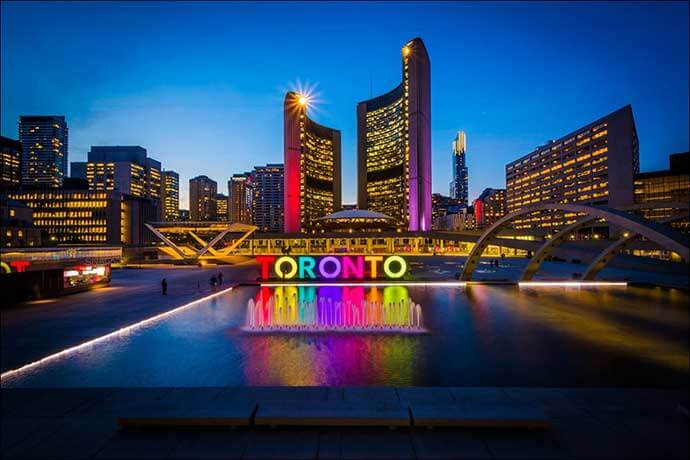
Toronto is undoubtedly the most well-known city in Canada, much to the displeasure of the rest of the country. But don’t be fooled into thinking it’s the nation’s capital. This honor is bestowed upon Ottawa, the seat of Canada’s federal government and the country’s political hub.
Don’t say anything about French-English connections.
There are difficult historical periods in Canada that might still be controversial today, because to a complex colonial past with the overlapping French and English empires and a legacy of indigenous subjugation. While the country has never undergone a war of independence or a large-scale violent conflict that signified a break with its colonial history, tensions between French and English Canada (typically represented by Quebec and Ontario) persist and erupt in specific cultural and political times.
Don’t compare ourselves to Americans.
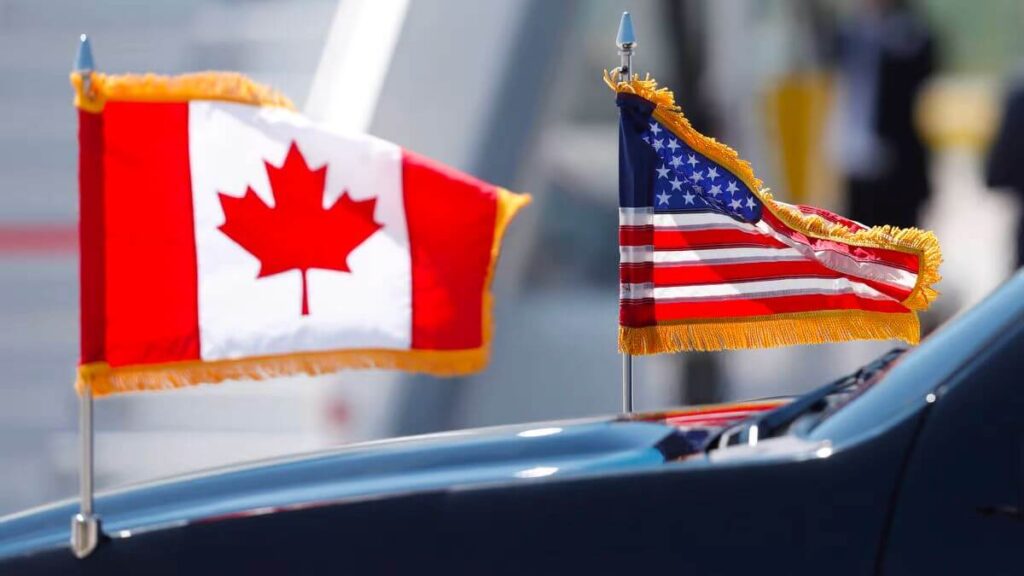
Almost nothing will bring Canadians together faster than a comparison of Canada and the United States. Since 1867, quietly emphasizing their differences from their southern neighbors has been a component of the Canadian experience of national identity. Yes, some Canadian accents sound similar to some American accents, and a megacity like Toronto may appear to have the generic “look” of a North American city. Still, Canadians are historically, politically, and socially proud of their nation and its uniqueness.
Don’t criticize Tim Hortons
Along with hockey, Tim Hortons, a multinational fast-food business best known for its coffee and donuts and created by and named for a hockey player, is a cultural institution in Canada. Timmy’s (as many Canadians affectionately refer to it) has become ubiquitous across the country since 1965, and it’s likely the main reason why Canadians consume more doughnuts per capita—the country also has more doughnut stores per capita than any other nation. Even if you dislike the coffee and/or doughnuts, it’s best not to offend this Canadian cultural institution.
Remember to send an apology.
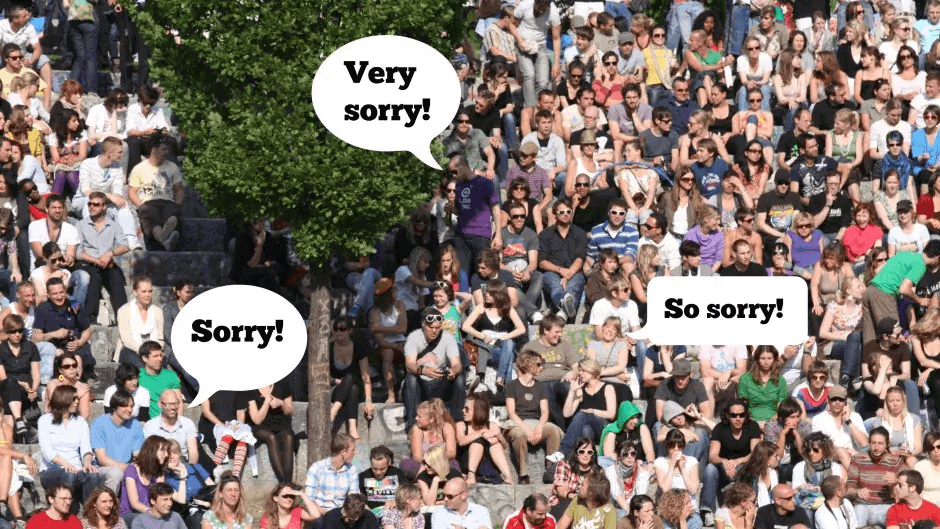
It’s a prevalent — and correct — preconception that “I’m sorry” is one of Canada’s most commonly heard phrases. Because Canadians frequently use “I’m sorry” (or simply “sorry”) in place of phrases like “excuse me” or “forgive me,” the expression’s meaning extends beyond a simple apology. It may help the country’s reputation for politeness—but don’t make the mistake of not reciprocating a “I’m sorry” when it comes your way. Even if it was your foot that was mistakenly trodden on, or if you unintentionally bump into someone and they say “sorry,” failing to reciprocate the apology appears impolite.
Do not board public transportation until everyone has exited.
This action primarily applies to Vancouver, Toronto, and Montreal, where rush hour may be stressful. While Canadians aren’t opposed to cramming into an overcrowded bus or train to get home after work, it’s considered impolite to rush into any kind of public transportation before others have had a chance to escape. It’s advisable to stand to the left or right of the doors and wait for someone to exit the bus or train before boarding. Also, when you crowd your way onto the train, remember to repeat “I’m sorry” several times.
Don’t say you dislike maple syrup.
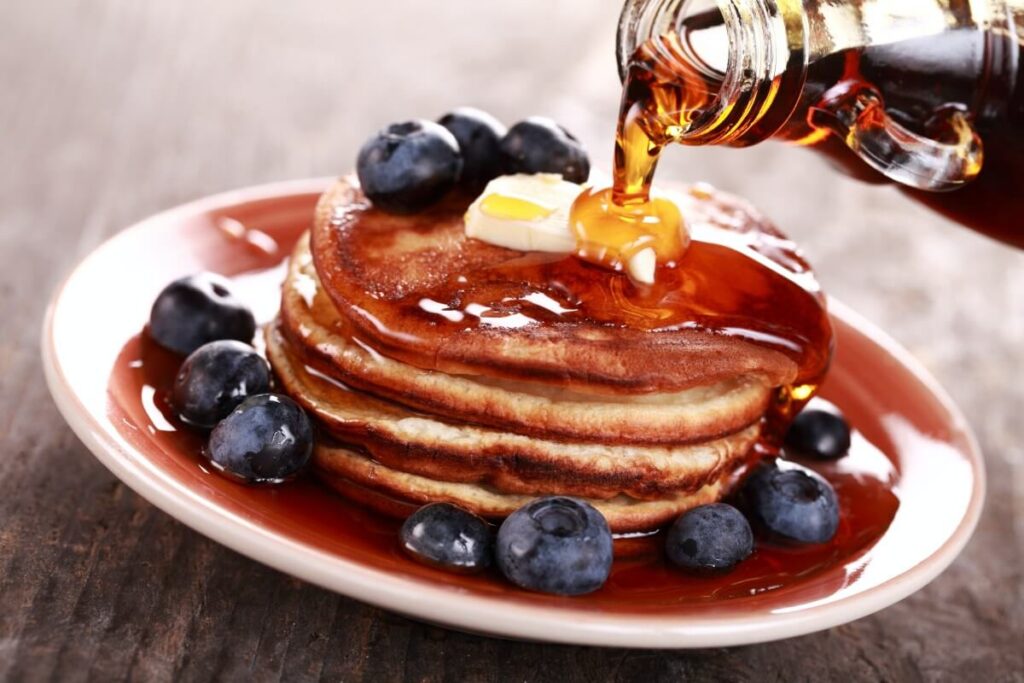
The maple tree has come to symbolize Canada in many ways, thanks to the silhouette of its leaf on the flag. Aside from its symbolic meaning, the tree produces one of the few culinary items that may legitimately be designated as Canadian. Maple syrup is a natural sweetener that was first collected by indigenous peoples of northern North America and passed down to European invaders. Quebec is the world’s largest producer of maple syrup, which can be found in pancakes, waffles, oatmeal, and French toast, as well as a baking ingredient. It is available in various forms, including candy, powder, taffy, fudge, and more. It’s one of the nicest Canadian mementos you can bring home with you. So, if it doesn’t appeal to you, it’s best not to say anything about it.
Don’t claim you dislike poutine.
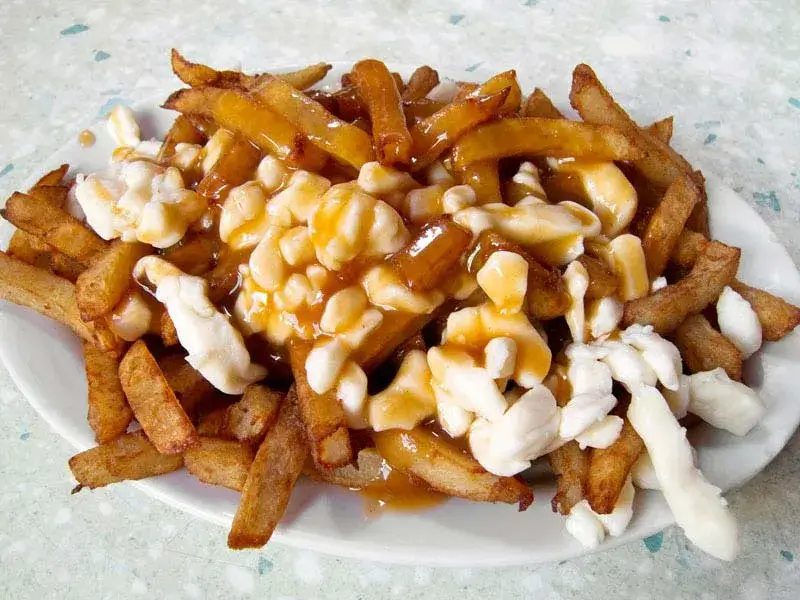
While you’re at it, don’t forget about poutine, another dish that is frequently characterized as a classic Canadian cuisine. This French Canadian fast-food specialty consists of gravy-drizzled French fries and cheese curds. It’s thick and oily, but don’t dismiss it until you’ve eaten it at 3 a.m. after a night out.
Don’t assume that the whole country is the same
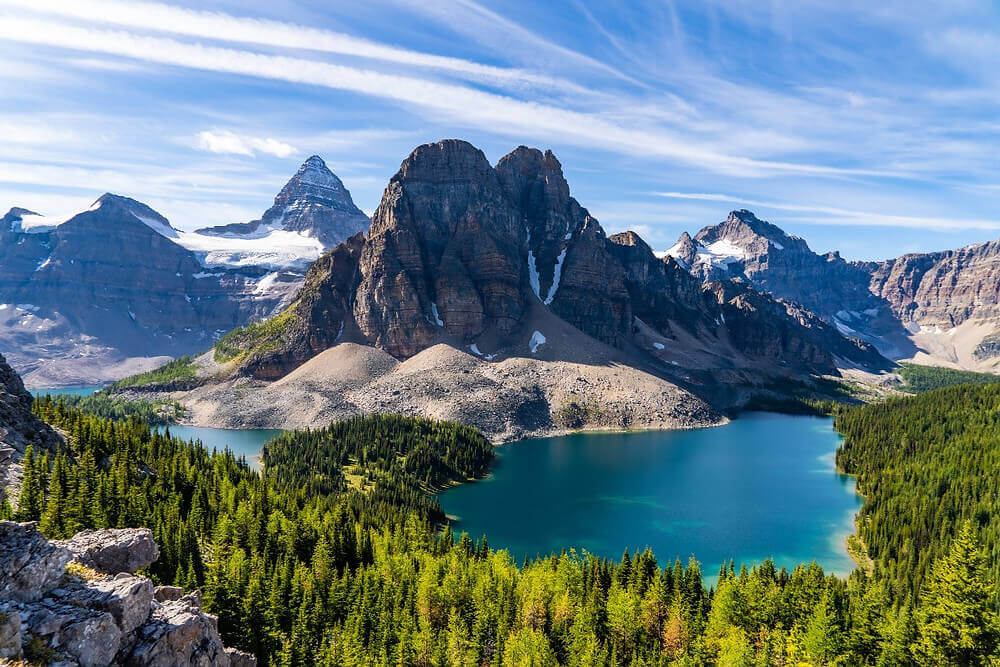
Canada is a diversified country in terms of its natural landscape, people, and regional identities. Although the country’s population is modest compared to its size (with just over 36 million inhabitants, it is one of the world’s least densely populated countries), each province and territory has its own distinct history and culture. As a result, speaking of the country in broad strokes can be difficult at times. When visiting Canada, it’s best not to make broad preconceptions about Canadians, from the West Coast to the Maritimes, the Prairies to Quebec to the Yukon.
Don’t complain about how cold it is in the winter.

We are aware. The average seasonal temperature varies greatly across the country, however winters are generally harsh in all provinces (except for coastal British Columbia). The daily average temperature in the interior and Prairie Provinces is around 15°C (5°F), although it can drop below 40°C (40°F) with the added punch of severe wind chills. Snow can persist on the ground for up to six months in the central regions, and up to a year in the northern regions.
Don’t Do This in Canada If You Want To Stay Away From Trouble!
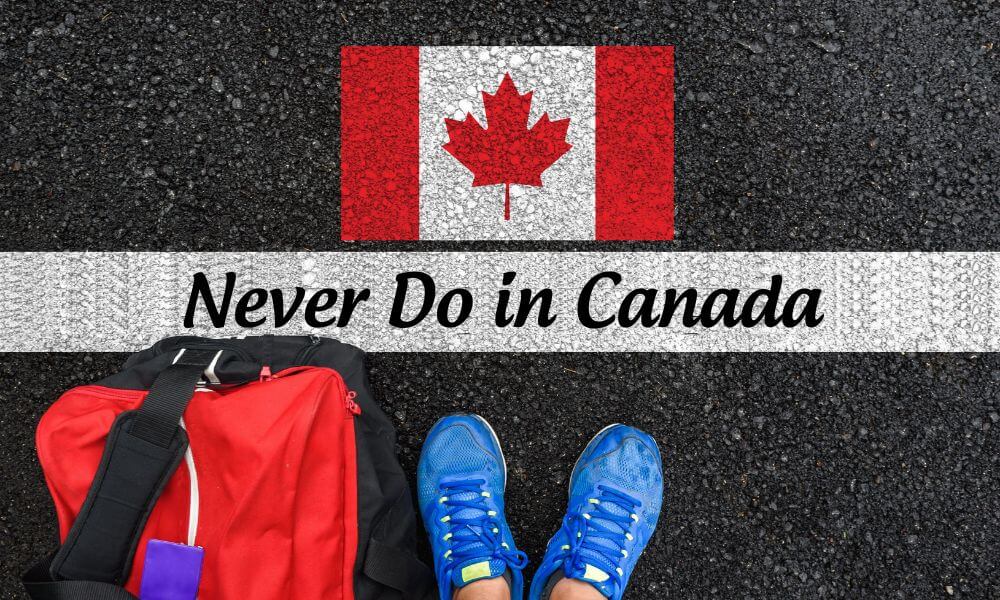
You got tripped up on the winter temperatures. Unfortunately, you neglected the minus sign: 15°C (5°F) should be -15°C (5°F) and 40°C (40°F) should be -40°C (-40°F)
Please complain about Tim Snortons because it is awful, but we still go there all the same because it is everywhere thus covenant. I live in a very small city and we have three.
Complain about the weather too.
Some Poutine (please use the French pronunciation poo-tin) is horrid and doesn’t deserve the name. Shredded cheddar, not, does poutine make. Oh and there are quite a number of dishes made in a Poutine fashion.
If you don’t love Maple Syrup, Canadian of course, then there is something really wrong with you.
I don’t think that the tensions between French and are typically represented by Ontario and Quebec . I think that is represented by Quebec and the western provinces .
Thanks for your publiction. Another issue is that just being a photographer entails not only problem in capturing award-winning photographs but hardships in getting the best camera suited to your needs and most especially situations in maintaining the grade of your camera. It is very genuine and apparent for those professional photographers that are straight into capturing the actual nature’s exciting scenes – the mountains, the particular forests, the particular wild or seas. Going to these amazing places surely requires a digital camera that can surpass the wild’s unpleasant setting.